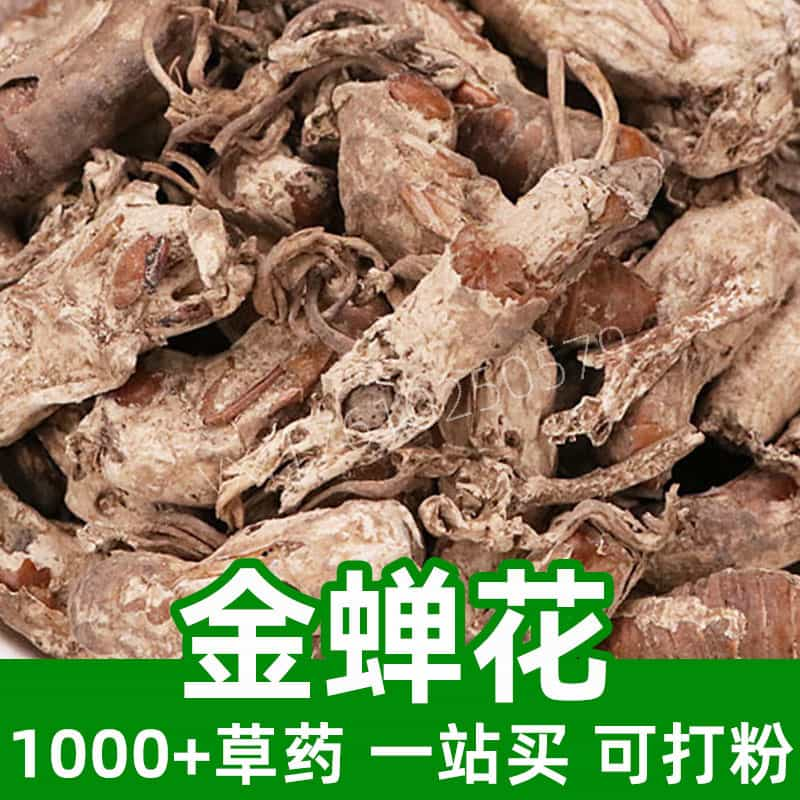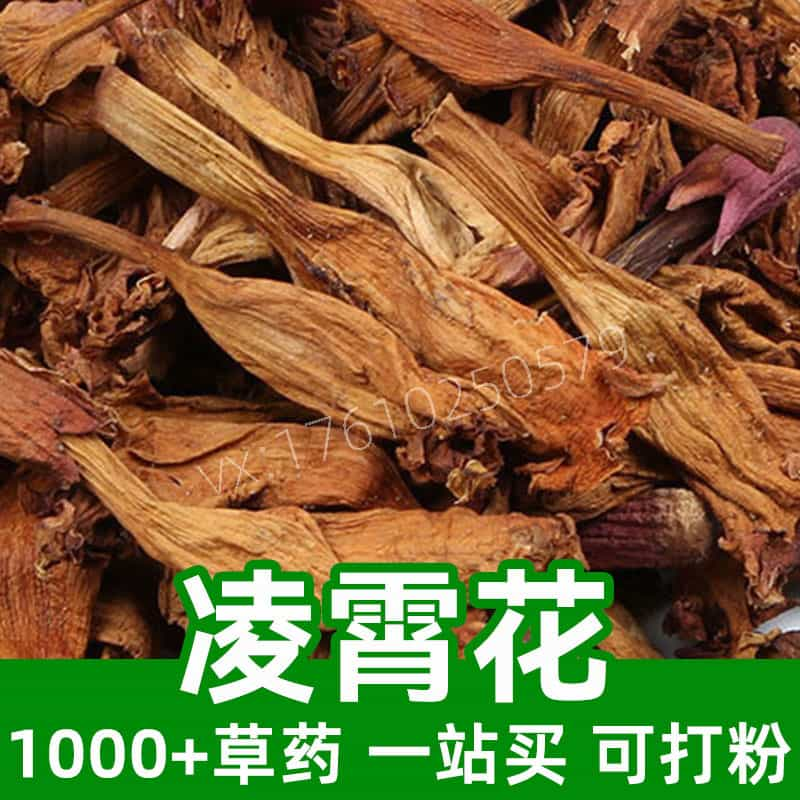Product Introduction
Betel nut husk, also known as Euphorbia Husk or Betel Nut Husk, is the outer shell of the betel nut tree. It is brown or dark brown with a fibrous texture. Betel nut husk primarily contains tannins, flavonoids, and volatile oils. According to traditional Chinese medicine, it is commonly used for its effects in stopping bleeding, dispelling wind-dampness, and resolving dampness-bi syndrome.
Main Active Ingredients
Betel nut husk is rich in tannins, which have astringent properties and can be used to stop bleeding. Additionally, it contains a significant amount of flavonoids, known for their anti-inflammatory and antioxidant properties. The volatile oils in betel nut husk are effective in dispelling wind-dampness and resolving dampness-bi syndrome.
Product Application Scenarios, Usage, and Dosage
Betel nut husk is commonly used in traditional Chinese medicine to stop bleeding, dispel wind-dampness, and resolve dampness-bi syndrome. Depending on the specific condition and individual differences, it can be used in various forms such as decoctions or external applications. The specific usage and dosage should follow professional guidance and product instructions.
Source Plant Introduction, Distribution, and Growth Environment
The betel nut tree is a common plant mainly found in tropical and subtropical regions such as South Asia and Southeast Asia. Betel nut trees typically grow in moist environments and prefer sunlight and warm climates.
Harvesting, Processing, and Storage
Betel nut husk is generally collected after the betel nut fruit has matured, with the outer shell being peeled off. The husks are dried for use. During storage, betel nut husk should be placed in a cool, dry place, away from direct sunlight to extend its shelf life.
Monica Sun is a seasoned expert in the natural raw materials industry, with over a decade of experience specializing in traditional Chinese medicinal herbs, spices, and fungi. She is skilled in the sourcing, processing, and application of these materials, emphasizing sustainability and innovation. Monica Sun has contributed to the development of high-quality natural raw materials that serve as essential components in functional foods, pharmaceuticals, and cosmetics, delivering tailored solutions to meet diverse market needs.












